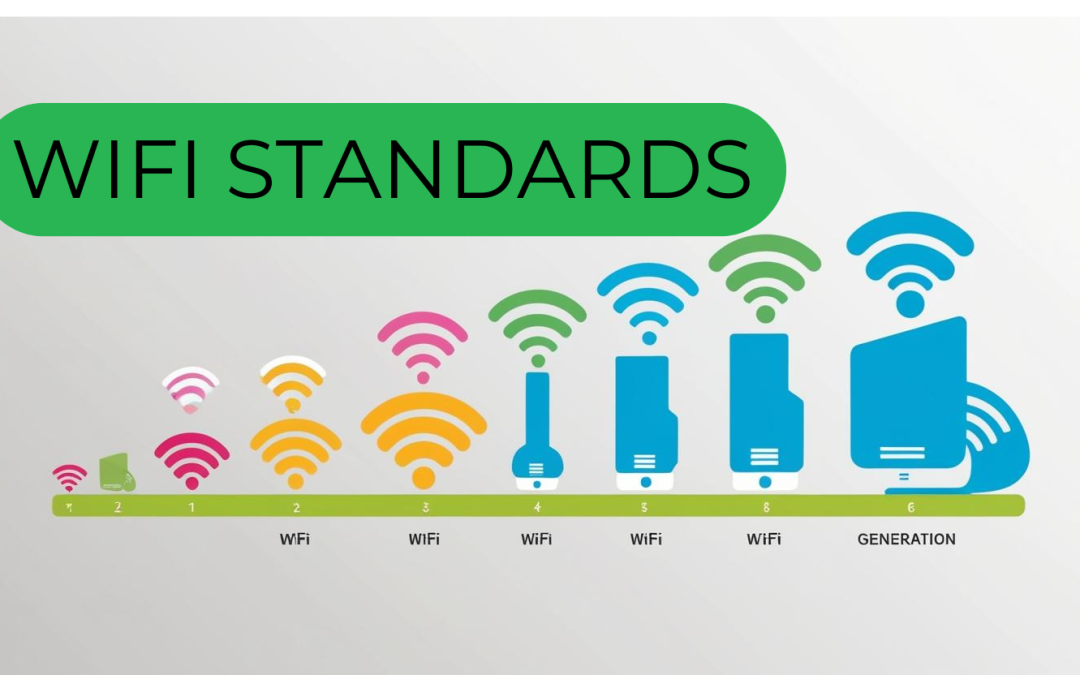A very common feature of Access Points from leading brands like Aruba, Cisco Meraki, and Ruckus is support for MCS8 and MCS9, which are modulation and coding schemes widely used in the devices complying to modern Wi-Fi standards.
Some of the Series from Aruba are Aruba 535, Aruba 505, Aruba 515, Aruba 555, Aruba 635, Aruba 700, 750, similarly Cisco Meraki MR36, Cisco Meraki MR44, Cisco Meraki MR46, Cisco Meraki MR56 and Cisco Meraki MR70, Ruckus R750, Ruckus R850, Ruckus R650, Ruckus H550 and Ruckus T750.
Each of these devices leverages advanced Wi-Fi features such as multiple spatial streams, improved coding rates, and enhanced modulation techniques, enabling optimal performance in a wide range of environments. A good understanding of this helps in Wireless Coverage planning and a later for troubleshooting.
Which is better MCS8 OR MCS9 ?
MCS 8
MCS 8 uses 256-QAM which is more robust to noise and interference and has the coding rate of 3/4 resulting in higher data rates of 75% when compared to MCS 7 but the noise correction is 25%. It requires a lower SNR for reliable communication making it between choice in environments with weak signals or high interference.
For example, if the Wi-Fi channel width is 40MHz and 2 spatial streams are used then MCS 8 may achieve a data rate of
- 360 Mbps at guard interval of 400ns.
- 324 Mbps at a guard interval of 800ns.
MCS 9
MCS 9 is better in ideal conditions because it uses 256-QAM which packs more bits into each transmitted symbol but the coding rate is higher when compared to MCS8. Coding rate for MCS 9 is 5/6 which means 83.3% data transfer rate and 16.7% noise correction.
For example, if the Wi-Fi channel width is 40MHz and 2 spatial streams are used them MCS9 may achieve a data rate of
- 400 Mbps at a guard interval of 400ns and
- 360 Mbps at a guard interval of 800ns
Which One to Use?
Use of MCS9:
- When the Wi-Fi signal is strong, with minimal interference.
- In environments where high-speed data transfer is crucial (e.g., file transfers, video streaming).
- When you have advanced hardware capable of supporting higher SNR levels.
Use of MCS8:
- In areas with weak or fluctuating signals.
- For applications requiring more reliable communication at the cost of speed (e.g., IoT, browsing, or low-latency applications).
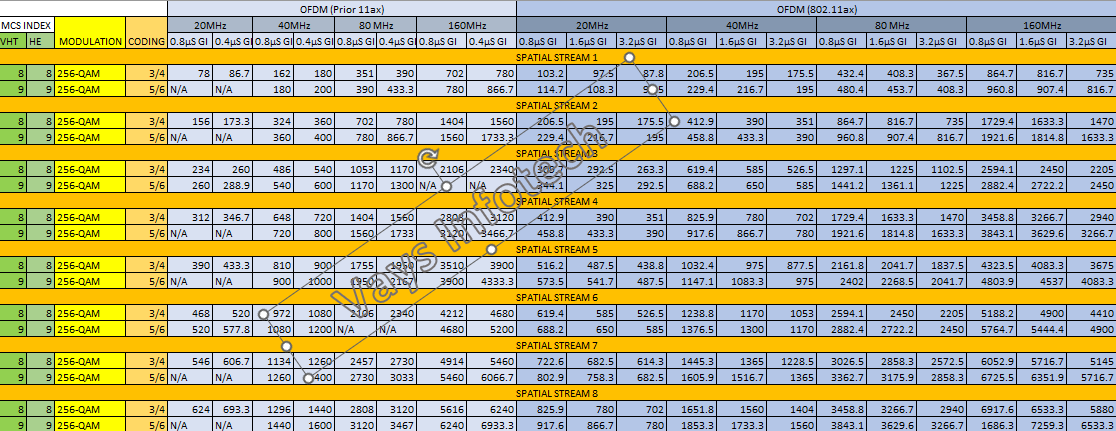
What is Modulation Coding Scheme?
MODULATION CODING SCHEME (MCS)
The Modulation Coding Scheme (MCS) is the metrics that describes how the data is transferred between devices. It also shows the nature of the signal. The MCS is measured based on certain metrics such as
- Modulation type,
- Coding rate,
- Spatial streams,
- Guard interval,
- SNR (Signal-to-Noise Ratio),
- RSSI (Received Signal Strength Indicator)
Modulation Type
Modulation type is the types of modulation used for phase and amplitude modulation for encoding bits during the transfer of data. Initially used modulation types were BPSK (Binary Phase Shifting Key), QPSK (Quadrature Phase Shifting Key), and now we are using QAM (Quadrature Amplitude Modulation).
- BPSK (Binary Phase Shifting Key)
Binary Phase Shift Key is a technique used in modulation in phase a 180 phase shift denotes 0 while no phase shift denotes 1. BPSK allows one symbol to transfer one bit.
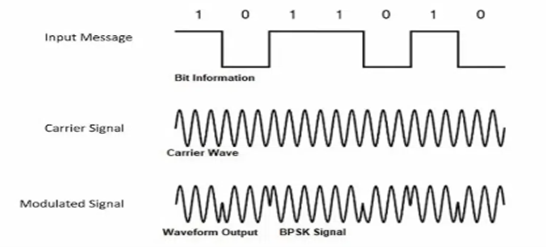
Fig 1: Taken from “Geeks for Geeks” – https://www.geeksforgeeks.org/bpsk-binary-phase-shift-keying/
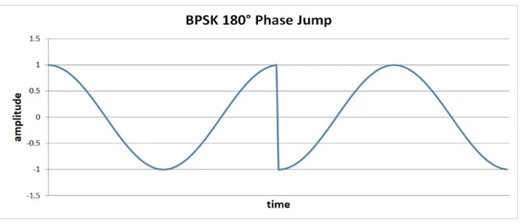
Fig 2: Taken from “All About Circuits” – https://www.allaboutcircuits.com/textbook/radio-frequency-analysis-design/radio-frequency-modulation/digital-phase-modulation-bpsk-qpsk-dqpsk/
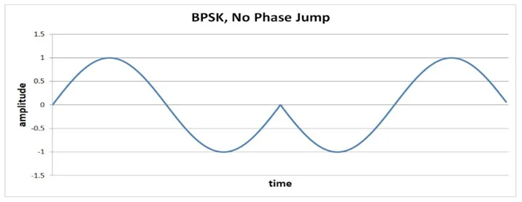
Fig 3: Taken from “All About Circuits” – https://www.allaboutcircuits.com/textbook/radio-frequency-analysis-design/radio-frequency-modulation/digital-phase-modulation-bpsk-qpsk-dqpsk/
2. QPSK (Quadrature Phase Shift Key)
QPSK is the advanced technique od BPSK which transfers two bits for a single symbol or using same bandwidth of BPSK.
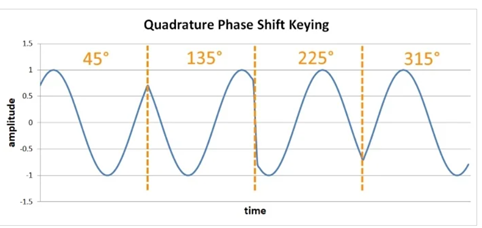
Fig 4: Taken from “All About Circuits” – https://www.allaboutcircuits.com/textbook/radio-frequency-analysis-design/radio-frequency-modulation/digital-phase-modulation-bpsk-qpsk-dqpsk/
3. QAM (Quadrature Amplitude Modulation)
QAM is a technique in which two AM (Amplitude Modulated) signals are combined into one single channel to increase the channel bandwidth which is called as QAM signal.
For example, in 16-QAM there are 16 symbols in which each symbol represent combination of 4 bits see below given diagram.
.
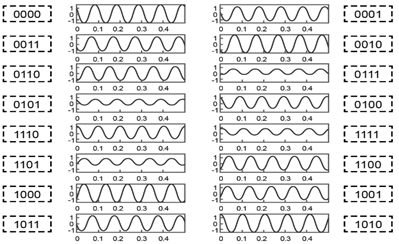
Fig 5: Taken from “Huawei Info Founder” website – https://info.support.huawei.com/info-finder/encyclopedia/en/QAM.html
Coding Rate
Coding rate shows how many bits are used for data transfer and how many bits are used for noise correction. It is always mentioned in fractions.
For example, If the coding rate is mentioned as ¾ it means the transferable data is 75% and remaining 25% is the noise correction.
Similarly, if coding rate is mentioned as 5/6 then it means the transferable data is 83.3% and remaining 16.7% is the noise correction.
Spatial Streams
It is a technique in Wi-Fi which uses multiple antennas to transmit and receive data. The more the spatial stream the more increased speed of data transfer and are more prone to noise and interference.
- Wi-Fi 3 had one spatial stream to share with all devices
- Wi-Fi 4 support up to three spatial streams.
- Wi-Fi 5 support up to four spatial streams.
- Wi-Fi 6 support up to eight spatial streams.
- Wi-Fi 7 support up to sixteen spatial streams
Guard Intervals
Guard intervals is the time delay between each data transfer. A short pause will allow the device to transfer more packets but will have more chances of interference.
- 11a/b/g uses 800 nanoseconds as guard intervals.
- 11n uses 800 ns and 400 ns as guard intervals.
- 11ac uses 0.8 microseconds and 0.4 microseconds as guard intervals.
- 11ax uses 0.8 microseconds, 1.6 and 3.2 microseconds as guard intervals.
Channel Width
The channel width shows the size of the channel used for communication. Wider channels can achieve higher bandwidth but doubling the channel will increase the noise which will decrease the SNR.
SNR (Signal-to-Noise Ratio)
SNR is the ratio which compares the strength of the signal to the strength of the background noise. A higher SNR means that the network has better performance.
RSSI (Receives Signal Strength Indicator)
RSSI shows the strength of the signal coming out of the wireless access point. The scale ranges from -100 dBm (decibel milliwatt) to 0 dBm.

